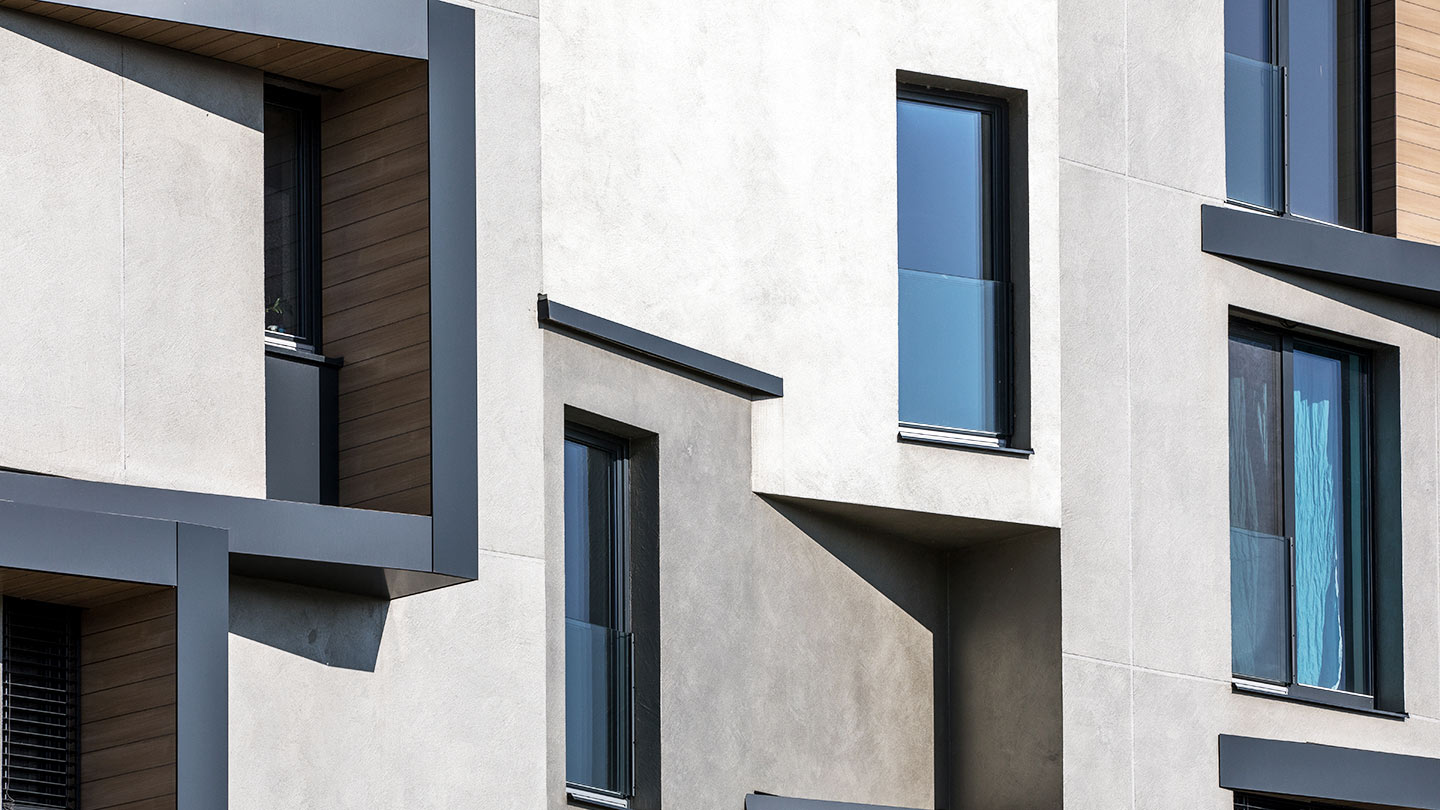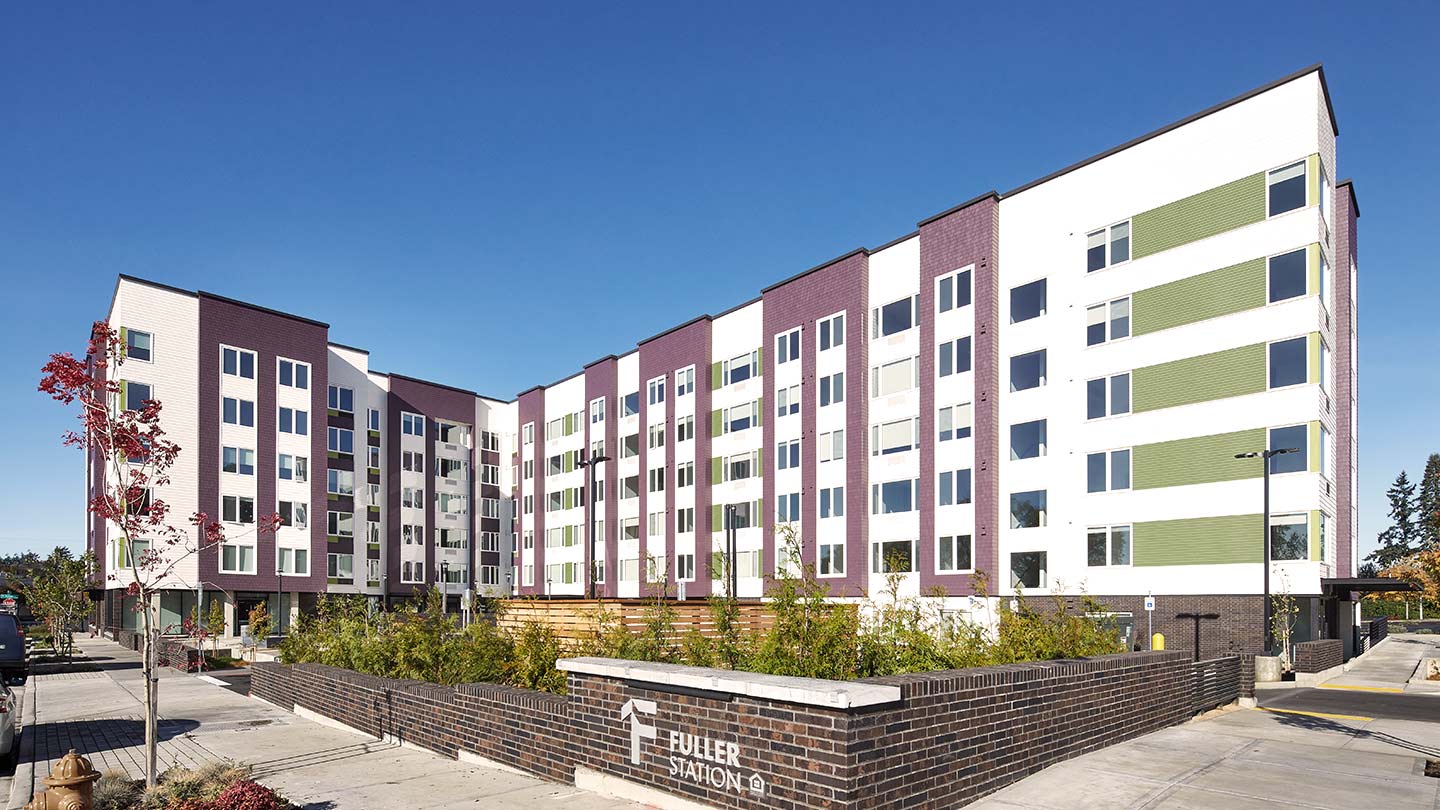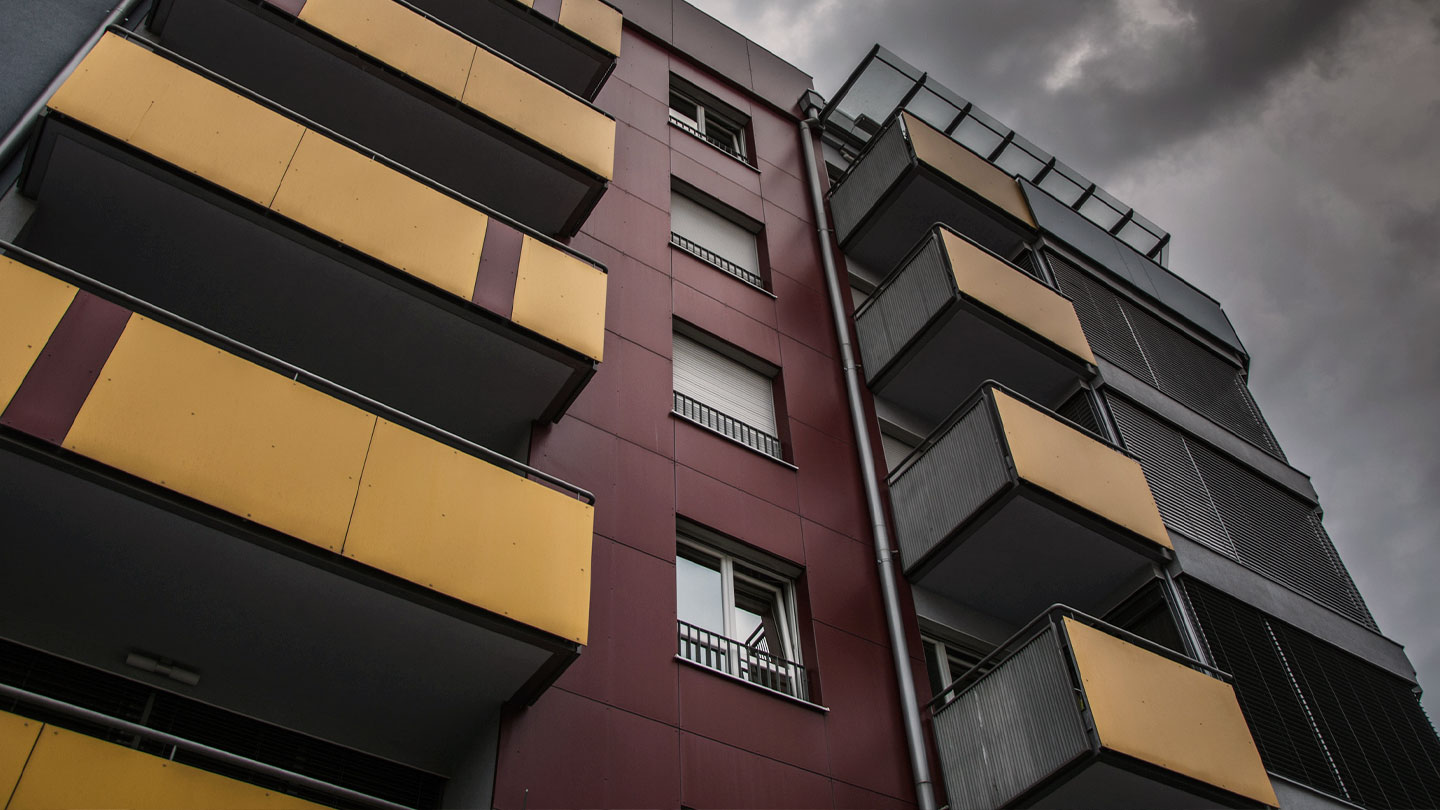
COVID outbreaks. Rent and eviction moratoriums. Mask mandates. Those are just a few of the challenges affordable housing providers faced in the first 18 months of the pandemic.
As operations begin to normalize, it’s an opportune time to re-evaluate your business resiliency efforts. I spoke with several developers and operators who have been able to remain resilient by focusing on three things:
- Using electronic communication to keep residents informed
- Proactively reaching out to tenants
- Drawing on financial reserves and controlling costs
Whether you are implementing continuity plans or preparing for future disruption, these best practices can help strengthen your strategy.
1. Use Electronic Communications to Keep Residents Informed
The pandemic brought on a wave of uncertainty and in the early days there was limited information available. But affordable housing operators were proactive, frequently communicating with tenants and informing them of changes about everything from communal spaces to mask policies.
“Our communications focused on health and safety, closing of common areas, mask requirements and handling of maintenance issues,” said Tim Allen, Chief Financial Officer at Dominium Apartments. “We also communicated about rental assistance and our changed policies during the pandemic “
Electronic communication was critical for affordable housing providers during the pandemic. Rather than print or send updates through mail, most of the landlords I spoke to relied on email to communicate with their tenants.
2. Be Proactive
Proactive outreach was key for landlords to get a sense of which residents were able pay their rent.
My JPMorgan Chase colleague, Violet Sarna, Community Development Portfolio Manager for Commercial Banking, was impressed with our affordable housing developer clients, who worked with residents to offer reduced rents wherever possible. She also saw clients take the initiative to request deferrals for their monthly loan payments if necessary.
Many operators emphasized the importance of empathy. Dominium Apartments went a step further.
“We created dynamic websites for each property that allowed residents to understand what assistance they might be able to access, including unemployment and pandemic payments,” Allen said. “Staff helped residents confirm they were properly registered with government agencies to receive such payments.”
Dominium also proactively reached out to investors, lenders and other stakeholders with data on rent collections.
3. Make Sure You Have Financial Reserves Available
The disruption to tenant payments came as affordable housing providers across the country experienced increased expenses related to the pandemic. Some properties, however, were affected more than others.
“Things were particularly challenging for smaller buildings with retail and affordable housing units in dense urban areas,” said Victor Calanog, Head of CRE Economics for Moody’s Analytics. “With a larger proportion of income possibly derived from stressed ground floor tenants in the service industry, operators were hit on the revenue side as well as on the expense side.”
Many operators dipped into their reserves (best practice is to have six months of operating expenses and debt service coverage available) and found ways to reduce costs. Owner-operators focused on sanitizing common areas, such as walkways and stairs. However, they often put any upgrades, such as new appliances and updated light fixtures, and other capital improvements on hold and only entered individual units when maintenance was absolutely necessary.
Because Dominium couldn’t perform major improvements or repairs for safety reasons, its reserves increased. The increased reserves are only temporary, Allen said. “These are likely to be short-lived increased balances as the work is only deferred.”
Remaining Resilient in the Future
Sarna pointed out that our developers have stayed resilient through the pandemic by taking control of the issues that they faced and remaining optimistic. Most clients focused on keeping tenants up to date via email, drawing on rainy day funds and controlling costs.
As operations begin to normalize, demand for affordable housing will only increase. But the industry will still need to contend with higher development, construction and operating costs, such as property insurance and utility expenses.
“There’s no question that there is a shortage of affordable housing units across the country: Demand is not the issue,” Calanog said. Investors and developers are contending with limited funding sources and higher development costs, including COVID-related supply-chain issues that continue to challenge investors and developers.
The pandemic has shown how quickly uncertainty can arise. To prepare for a future crisis, focus on building your reserves, being proactive and examining paperless communication options.







